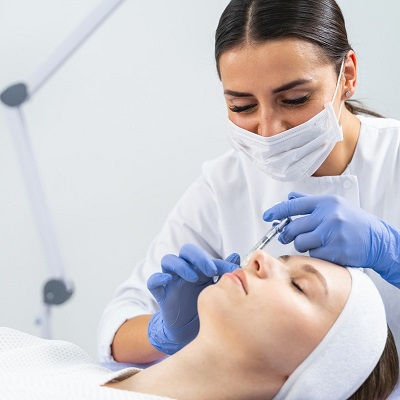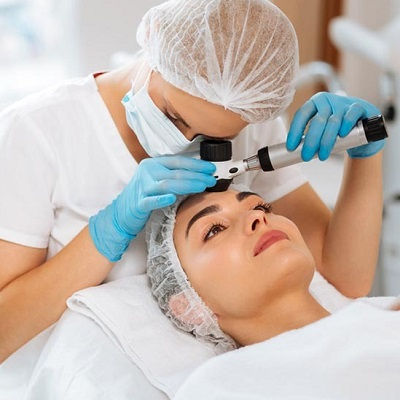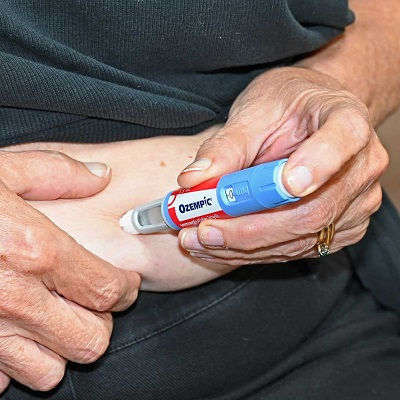Dermatologist Explains: Chemical Peel Basics
- aliza khan
- Jun 12
- 4 min read
For anyone seeking clearer, smoother, and more radiant skin, chemical peels have emerged as a popular dermatological solution. Whether you're battling acne scars, sun damage, uneven tone, or signs of aging, this non-surgical treatment can help rejuvenate your skin from the inside out. But before jumping into the treatment chair, it’s helpful to understand what chemical peels are, how they work, and who should consider them.
A qualified Dermatologist in Oman can guide patients through this skin-resurfacing process safely and effectively. In this article, we break down the chemical peel basics, from treatment types and benefits to aftercare and FAQs.
What Is a Chemical Peel?
A chemical peel is a skin treatment that involves applying a chemical solution to the face or body to exfoliate dead skin cells, encourage cell turnover, and reveal fresher, smoother skin underneath. Depending on the depth and strength of the solution, the peel may be light, medium, or deep, each catering to different skin needs and concerns.
This controlled exfoliation process removes the damaged outer layers of the skin and stimulates new cell growth, improving texture, tone, and appearance. A Dermatologist in Oman typically performs chemical peels in-office, customizing the formulation and strength based on the patient’s skin type and goals.

Types of Chemical Peels Explained:
Chemical peels come in various strengths, and dermatologists in Oman often recommend the right option based on individual skin conditions and lifestyle needs.
Light (Superficial) Peels:
What they treat: Mild discoloration, rough skin texture, acne.
Downtime: Minimal—may experience slight redness or flaking.
Ingredients used: Alpha-hydroxy acids (AHAs) like glycolic acid or lactic acid.
Light peels are great for first-time patients or those looking for regular skin maintenance.
Medium Peels:
What they treat: Moderate sun damage, pigmentation, fine lines, acne scars.
Downtime: Several days of redness, peeling, and possible swelling.
Ingredients used: Trichloroacetic acid (TCA) or stronger glycolic acid formulations.
This option offers more noticeable results but requires some recovery time.
Deep Peels:
What they treat: Deep wrinkles, severe acne scars, precancerous growths.
Downtime: Can involve a healing period of two weeks or more.
Ingredients used: Phenol-based solutions.
Deep peels penetrate multiple layers of skin and require careful evaluation and aftercare from an experienced Dermatologist in Oman.
What to Expect During the Treatment:
Before undergoing a chemical peel, the dermatologist will assess your skin through a thorough consultation. During this session, the specialist will evaluate:
Your skin type and tone
Medical history
Existing skin concerns (e.g., acne, pigmentation, aging)
Desired outcomes and lifestyle factors (such as sun exposure)
The Procedure Itself:
On the day of the treatment:
The skin is cleansed thoroughly to remove oils or residues.
A chemical solution is applied with a brush, cotton pad, or sponge.
The solution is left on the skin for a specified time before being neutralized or removed.
You may feel mild tingling, heat, or a burning sensation depending on the peel strength.
Light peels usually take 20–30 minutes, while medium and deep peels might take longer and may involve numbing agents or sedation.
Post-Peel Care: Healing and Maintenance:
Post-treatment care is just as important as the peel itself. Your Dermatologist in Oman will provide a tailored aftercare plan, which typically includes:
Gentle cleansing to keep the skin clean and calm.
Moisturizers to aid in healing and soothe dryness.
Strict sun protection—broad-spectrum sunscreen is essential.
Avoiding scrubbing or peeling off flaking skin, which can cause scarring.
Most patients experience peeling or flaking for a few days post-treatment (especially with medium and deep peels), which is a natural part of the exfoliation process.

Who Is a Good Candidate for a Chemical Peel?
Chemical peels can benefit a wide variety of individuals, but not everyone is a candidate for every type of peel.
Ideal Candidates:
Those with fair to medium skin tones (although newer formulations are becoming safer for darker skin types)
People with concerns like acne, mild scars, dullness, or uneven pigmentation
Patients who follow good sun protection practices
Not Ideal For:
Individuals with active skin infections or conditions like eczema or rosacea
Pregnant or breastfeeding women
Patients with a history of poor wound healing or keloid scars
A Dermatologist in Oman will help determine if a chemical peel is the safest and most effective option for your skin.
Benefits of Seeing a Dermatologist in Oman for Your Peel:
Opting for a qualified and experienced Dermatologist in Oman ensures that:
You receive the correct diagnosis and treatment recommendation
The peel is customized to your unique skin profile
Risks like burns, scarring, or pigmentation changes are minimized
You receive aftercare support to enhance healing and results
Unlike beauty clinics or at-home kits, dermatologists use medically approved products and techniques that are safe, regulated, and backed by clinical research.
FAQs:
1. How often should I get a chemical peel?
It depends on the type of peel and your skin goals. Light peels can be done every 4–6 weeks, while medium peels are typically spaced 3–6 months apart. Deep peels are often a one-time treatment.
2. Are chemical peels safe for darker skin tones?
While extra care is needed, superficial peels can be safe and effective for darker skin when performed by a skilled dermatologist using the right ingredients. Always consult a board-certified dermatologist in Oman.
3. Will a chemical peel hurt?
You might feel tingling or a mild burning sensation, especially with stronger peels. However, discomfort is usually temporary and well-managed with professional care.
4. Can I wear makeup after a chemical peel?
It’s best to wait until the skin heals—typically 3–5 days after a light peel and longer for deeper peels. Applying makeup too soon can irritate the skin or interfere with healing.
5. How soon will I see results?
Light peels provide a subtle glow almost immediately, while medium to deep peels reveal results after peeling subsides—usually within 1–2 weeks.
Final Thoughts:
Chemical peels are a powerful tool in modern dermatology, offering patients clearer, brighter, and more youthful-looking skin without invasive surgery. Whether you're dealing with acne scars, dull complexion, or early signs of aging, consulting a Dermatologist in Oman is the safest way to explore your options.



Comments